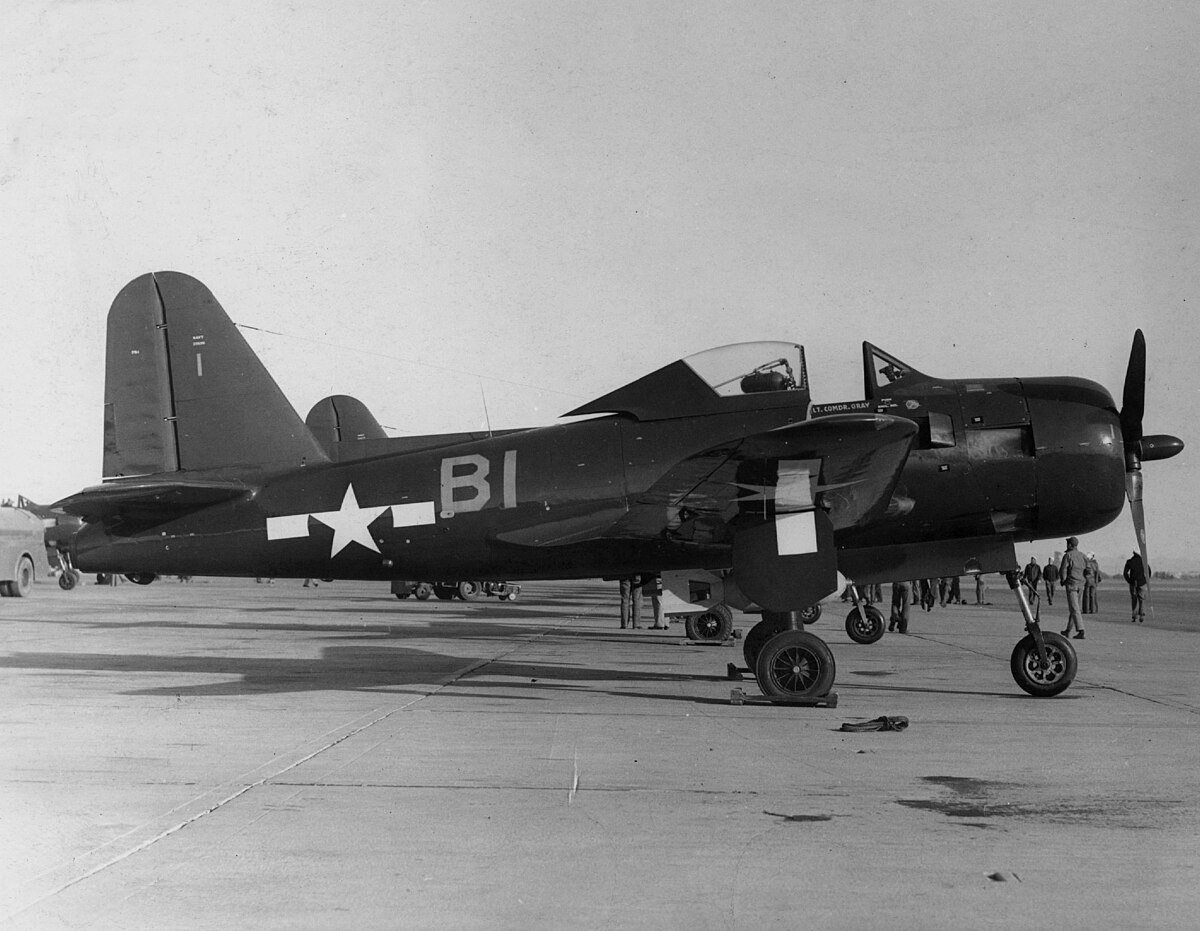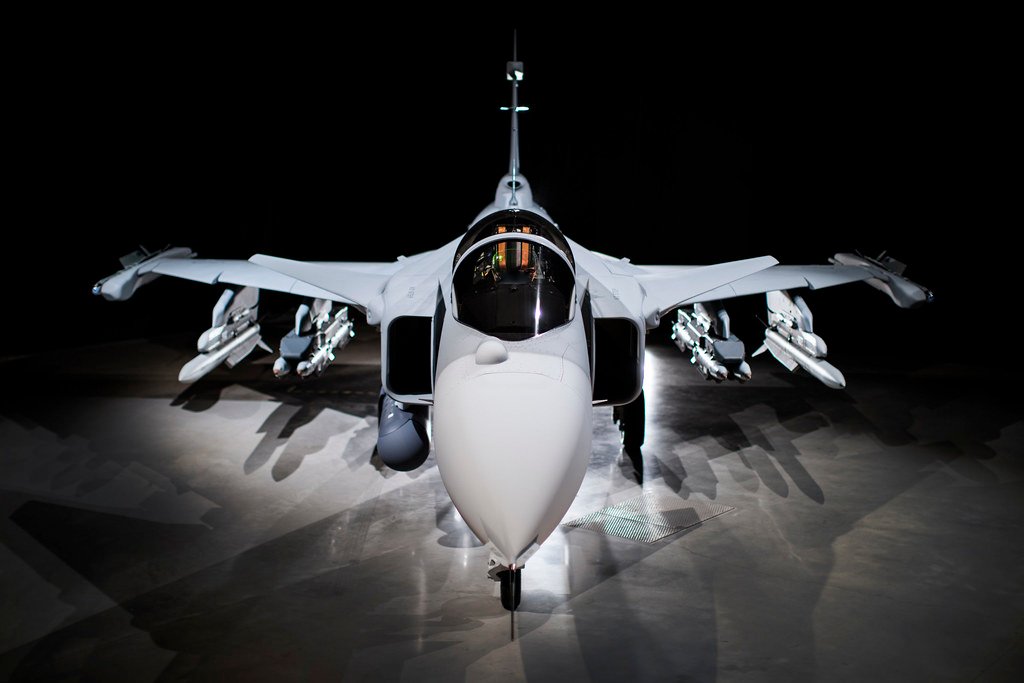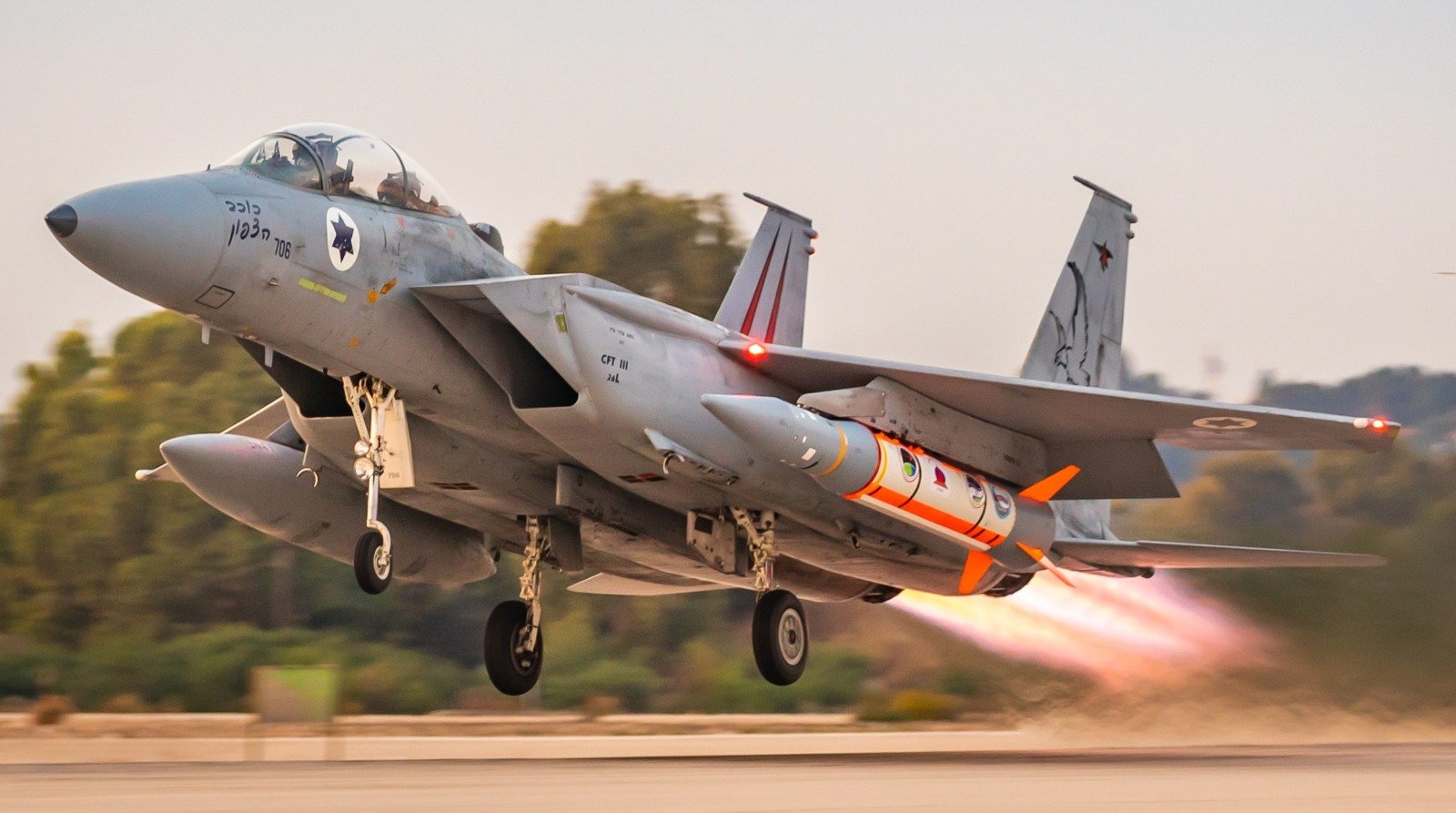‘Necessity is the mother of all invention’ is a famous proverb that came to life in naval aviation history nearly 80 years ago when an emergency forced the US Navy’s Ryan FR-1 Fireball to land on an aircraft carrier.
Though not intended as such, the Fireball’s landing on November 6, 1945, made history and set the scene for a whole new era of naval aviation.
Ryan Aeronautical produced the Ryan FR-1 Fireball for the US Navy during World War II. It was a mixed-power aircraft propelled by piston and jet engines.
In fact, it was the first jet-engine aircraft of the US Navy. When the Japanese announced their surrender, only 66 units of these aircraft were produced. A single squadron of the FR-1 was operationalized during the war, but none of them ever saw combat.
The FR-1 was mixed power because it was assumed that the aircraft would typically cruise on its piston engine and switch to the jet engine for speed and climbing. This was because the jet engines of the time had weak acceleration.
It was believed that the aircraft would not gain enough speed on the carrier deck to launch entirely on jet power, even with a catapult launch, and it was considered insufficient for allowing a landing on the deck.
The jet engines of the time had a host of other problems. For instance, they consumed too much fuel for a sustained cruise flight. Moreover, they could not attempt a “bolter,” which is basically when an aircraft aborts a deck landing attempt after missing the wire, accelerates at full speed, and takes off again for another attempt.
B-52 ‘BUFF’ Bombers: Why Over Half-Century-Old Warplanes Are Sending Shivers Down The Iranian Spine?
Thus, the manufacturers decided that having both types of engines was their best bet—the R-1820-72W Cyclone radial piston engine was installed in the nose, and the General Electric J31 turbojet engine was mounted in the rear fuselage.

The aircraft flew for the first time on June 25, 1944, but it was plagued by troubles. Three prototypes crashed, necessitating upgrades and modifications to the fighter’s design. The issues were eventually fixed, and the Navy placed an order for 700 Fireballs, which were cut short to 66 by the end of the war.
In March 1945, the aircraft was assigned to a squadron established during the war, known as the VF-66. Shortly after, on May 1, three of the squadron’s aircraft were craned onboard the carrier Ranger in an attempt to qualify seven pilots.
Unfortunately, though, two of these fighters suffered damage during the landing. One aircraft’s nose gear collapsed, and the other missed the arresting gear and struck the crash barrier.
While these fighters could not be deployed to combat, the pilots were nonetheless qualified the following month. The pilots were on their pre-embarkation leave when the Japanese announced their surrender. Following this, the squadron was decommissioned, and all the fighters and pilots were transferred to another aviation unit: the VF-41.
Just a month after the Fireball received a new unit, US Navy pilot ensign J. C. “Jake” West, flying the FR-1 Fireball, made history.
When Fireball Made A Historic Landing
The VF-41 squadron’s first assignment was to use the new aircraft for carrier trials on board the USS Wake Island (CVE 65), an escort aircraft carrier of the US Navy.
The carrier qualifications kicked off on November 5, and ensign Jake West took off for one such trial the following day, on November 6, 1945, unaware that a humongous engine malfunction would change the trajectory of his life.
As per standard procedure, the pilots were supposed to turn off the jet engine as they attempted to land on the carrier deck and land solely with the help of their traditional piston engines.
59 Years Of 1965 War – How India’s ‘Sabre Slaying’ Siblings Brought The PAF To Its Knees During ‘Short War’
On the fateful day, Ensign Jake West was making his last approach to the carrier when one of his aircraft’s two engines failed. And to his shock and horror, it was the Wright R-1820-72W Cyclone piston engine in the fighter’s nose, not the General Electric J31 turbojet.
Soon after, the propellor started to windmill in front of his eyes and became unstable. Starved of options, the pilot could neither let the aircraft crash into the sea and try escaping from it nor try turning on the jet engine and attempt a landing, as it had never been attempted before and had been considered unfeasible since the aircraft’s inception.
With little time to think, he decided to go for the unthinkable and turned on the jet engine instead.
The J-31 jet engine took 30 seconds to start, but it finally screamed into life. As the aircraft ascended, the pilot quickly signaled an emergency and carefully adjusted the throttle to ensure he had enough power to return to the carrier.
He also made sure he was lined up on the correct approach path. Meanwhile, the crew on deck below set up the barrier net for emergency rescue.
As the pilot attempted the landing, the arrester hook caught the last wire just in time before the aircraft could hit the barrier. The pilot had managed to achieve what was considered impossible at the time—landing the aircraft on USS Wake Island using only the jet engine.
In the aftermath of this historic landing, some experts noted that the aircraft may have had some residual power generated by the failed piston engine.
A month after the first mixed-power aircraft landed on a carrier, Lieutenant Commander Eric “Winkle’ Brown successfully landed the first jet-engine aircraft—de Havilland Vampire fighter—aboard the Royal Navy aircraft carrier HMS Ocean. This landing was, however, planned well in advance.

Following ensign Jake West’s landing, the VF-41 squadron continued qualifying its pilots for carrier missions. However, only 14 out of 22 pilots completed the six necessary landings and takeoffs, and a spate of accidents fractured the process. After three deadly crashes in 1946, VF-41 was reclassified as VF-1E on November 15, 1946.
Eventually, the US Navy conceded that the aircraft was not working and was likely too fragile for repeated landings. Subsequent examinations of the squadron’s aircraft revealed structural failure, and by August 1, 1947, all of the Fireballs had been withdrawn. The aircraft was later completely scrapped and became lost in oblivion.
Since Jake West’s Fireball was a mixed-power aircraft, it did not get the recognition it deserved for achieving the first jet-engine fighter landing.
However, its name remains etched in history for attempting what was a far-fetched dream at the time. So, 79 years ago, the Fireball changed naval aviation forever and paved the way for turbojet fighters to operate out of aircraft carriers.






